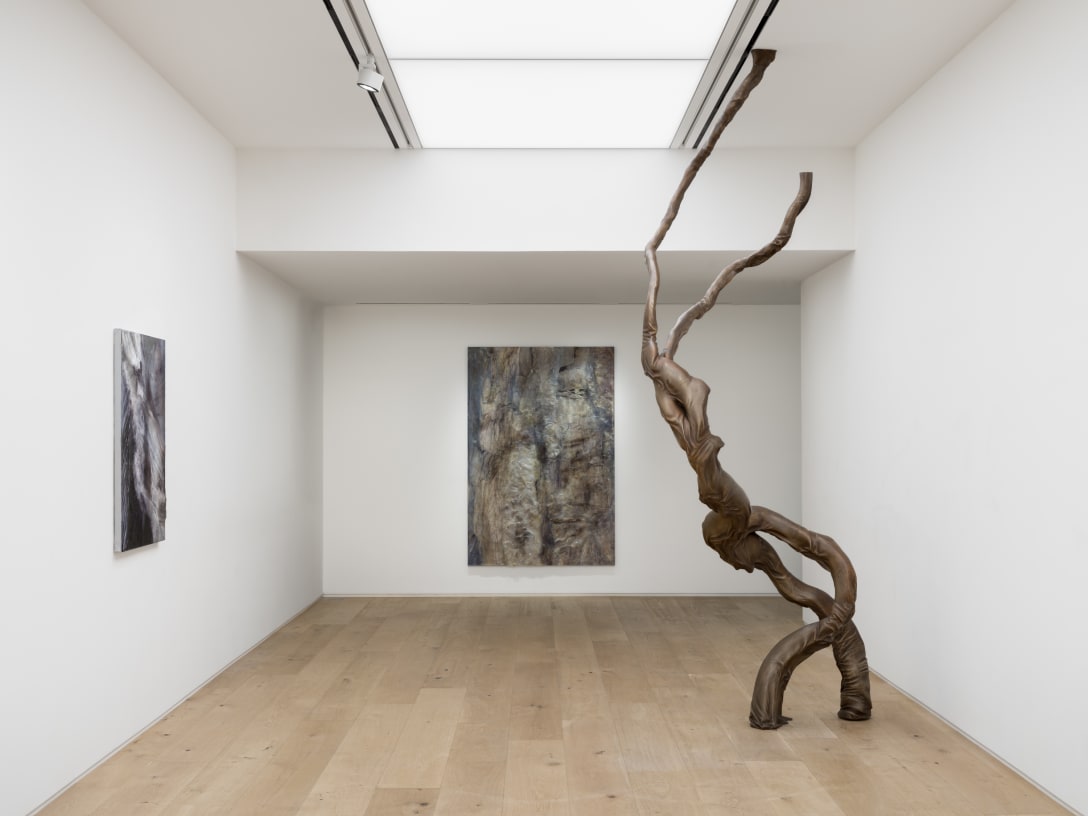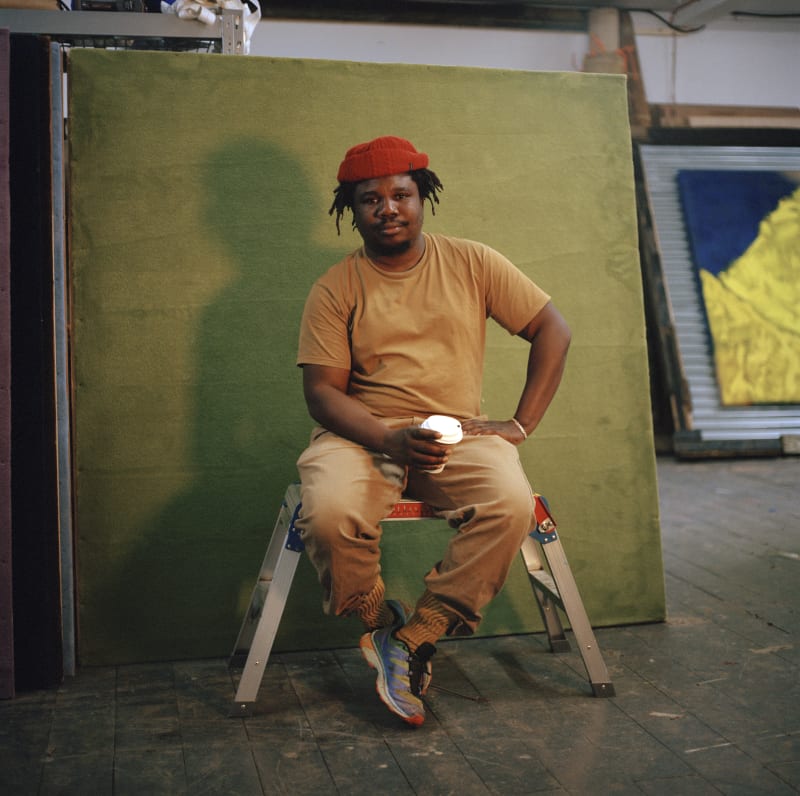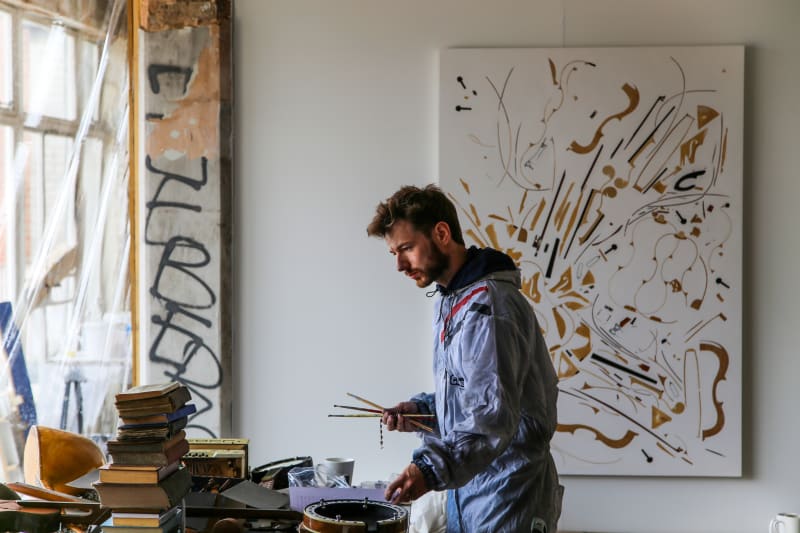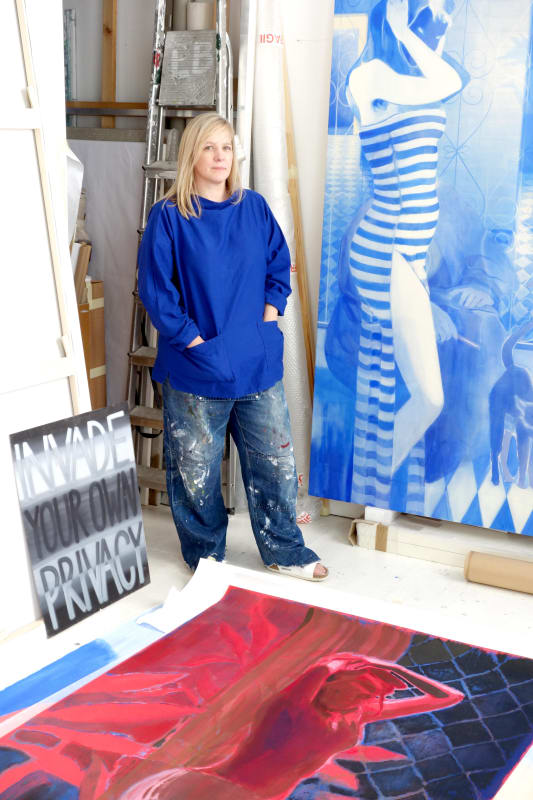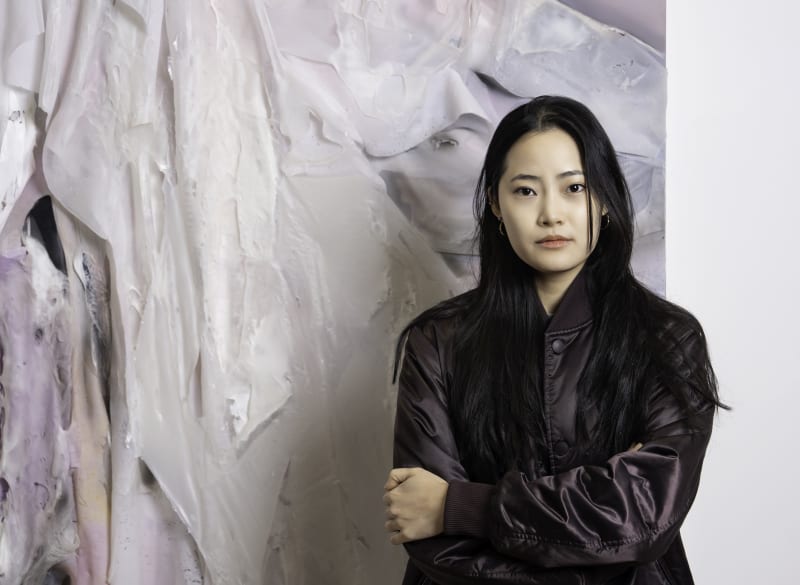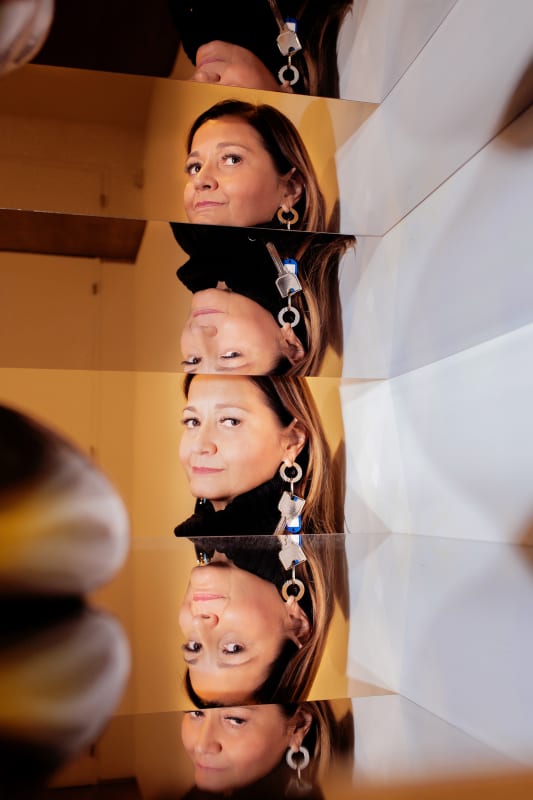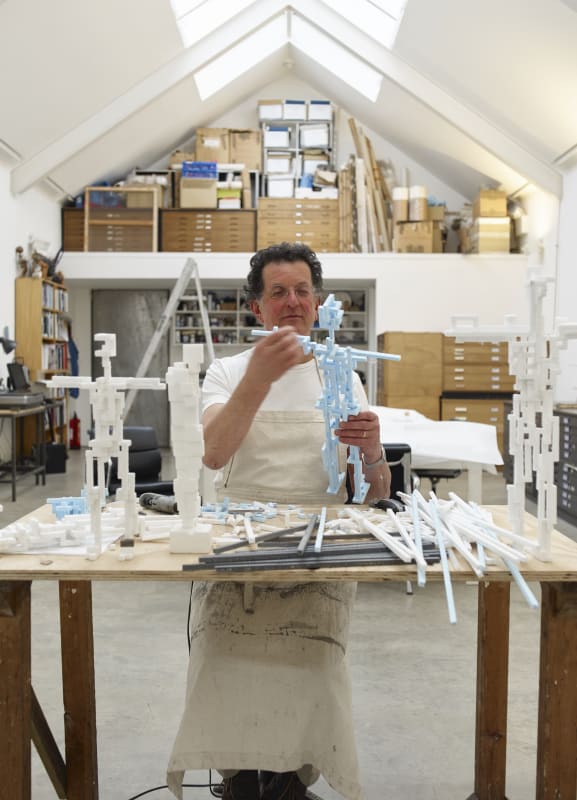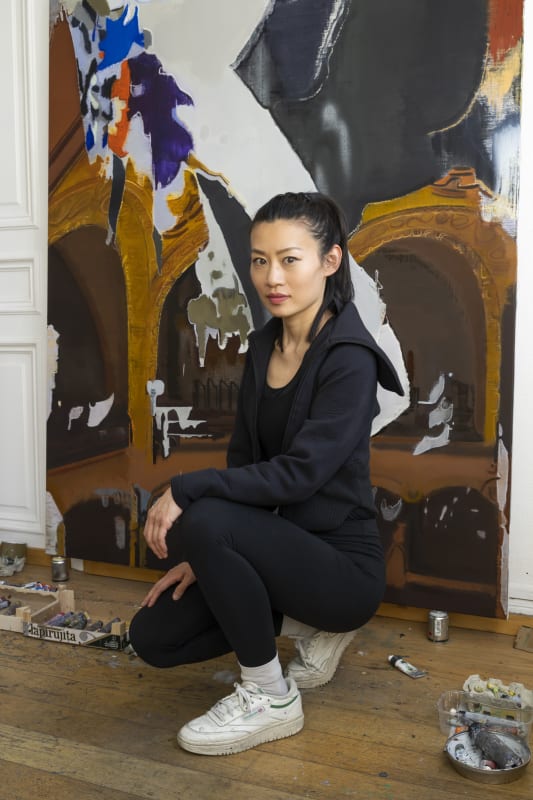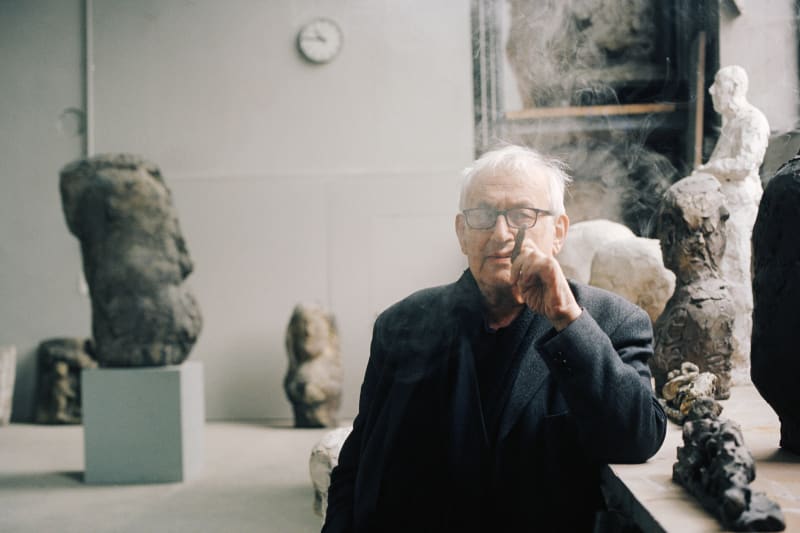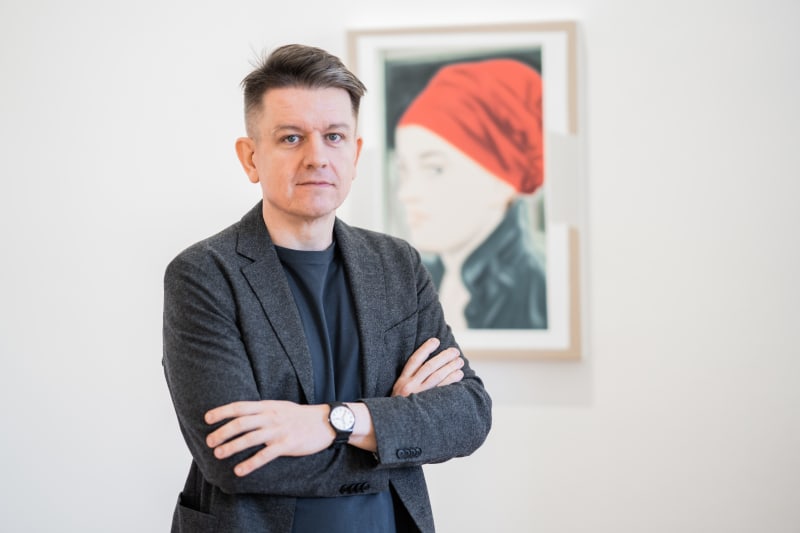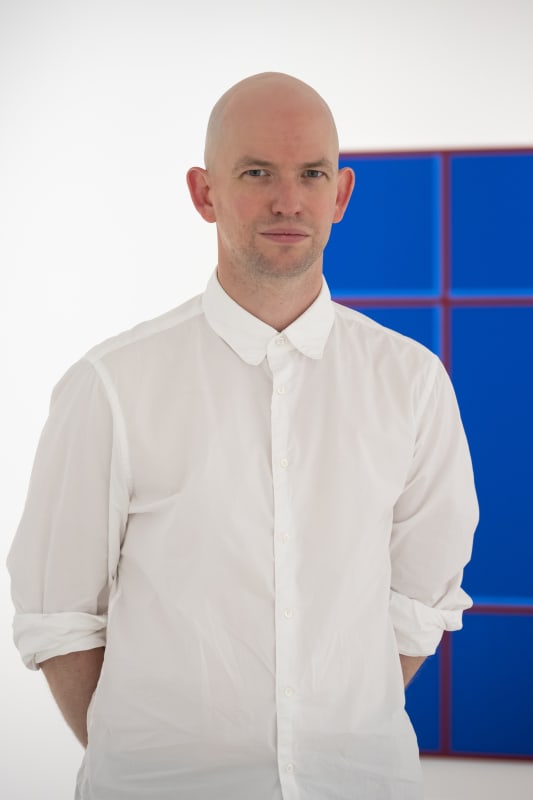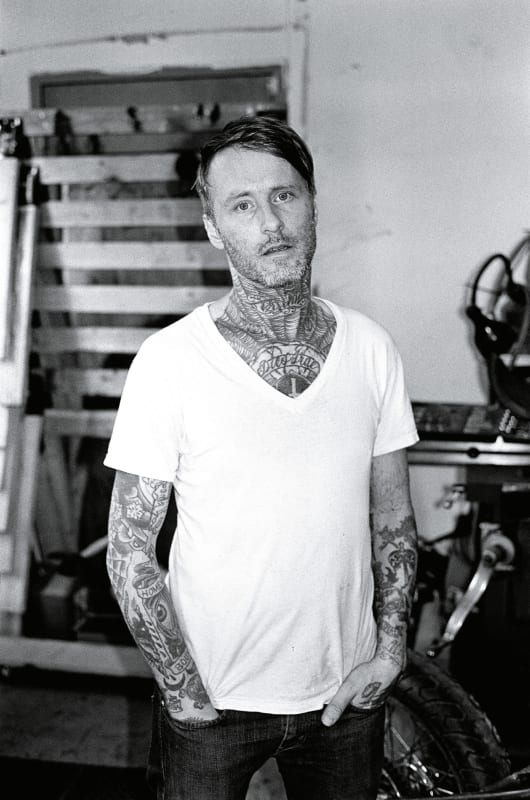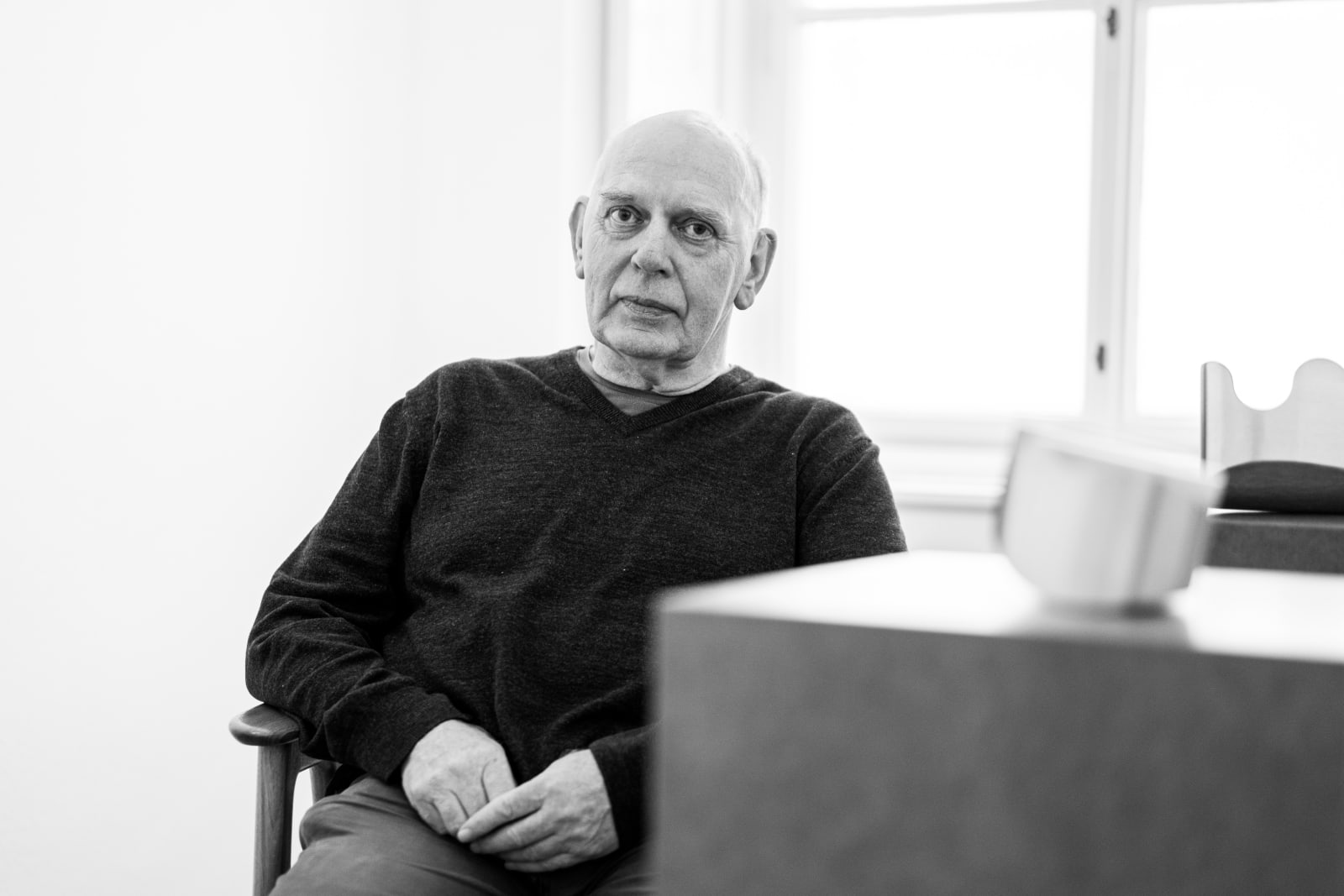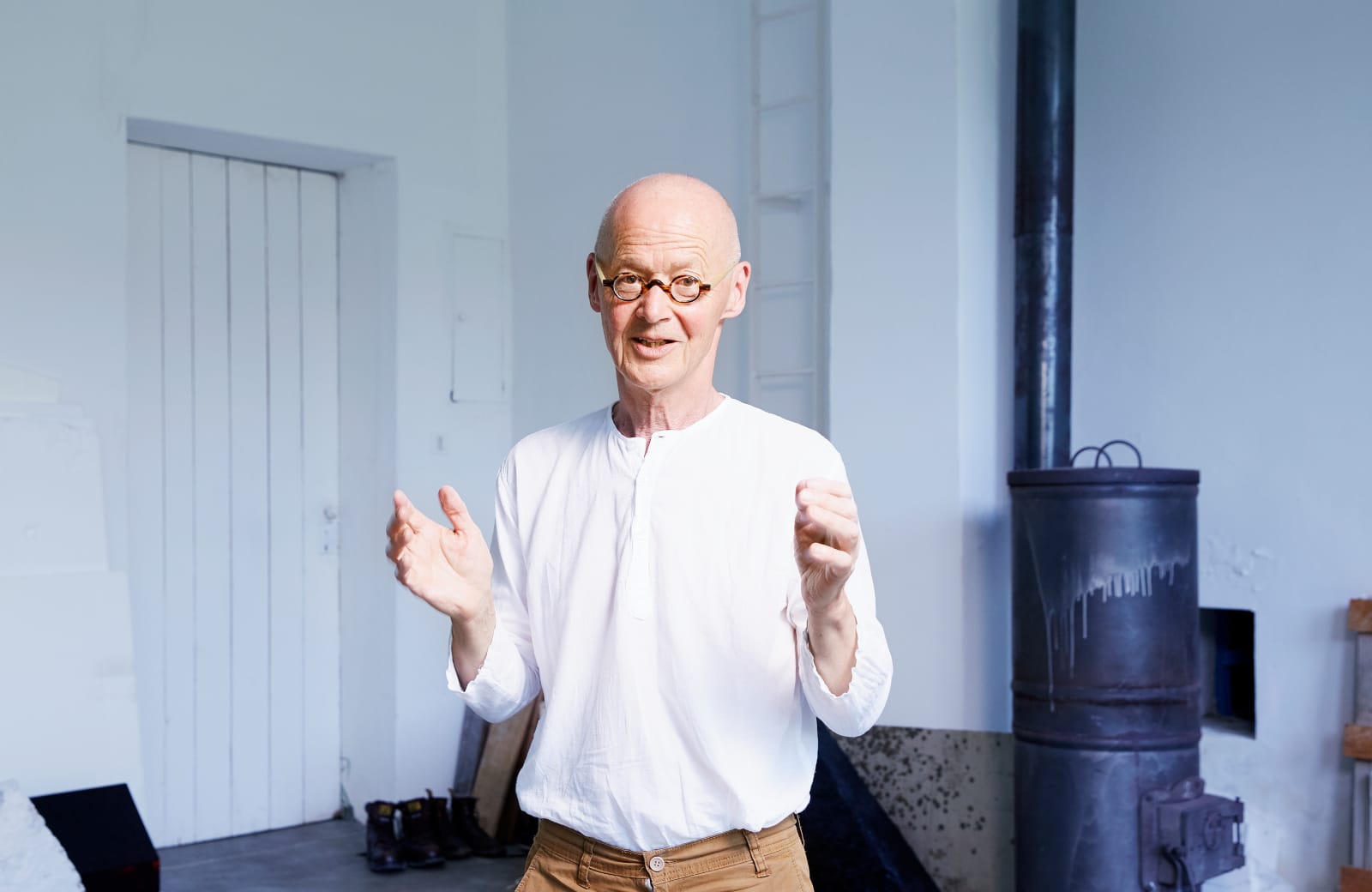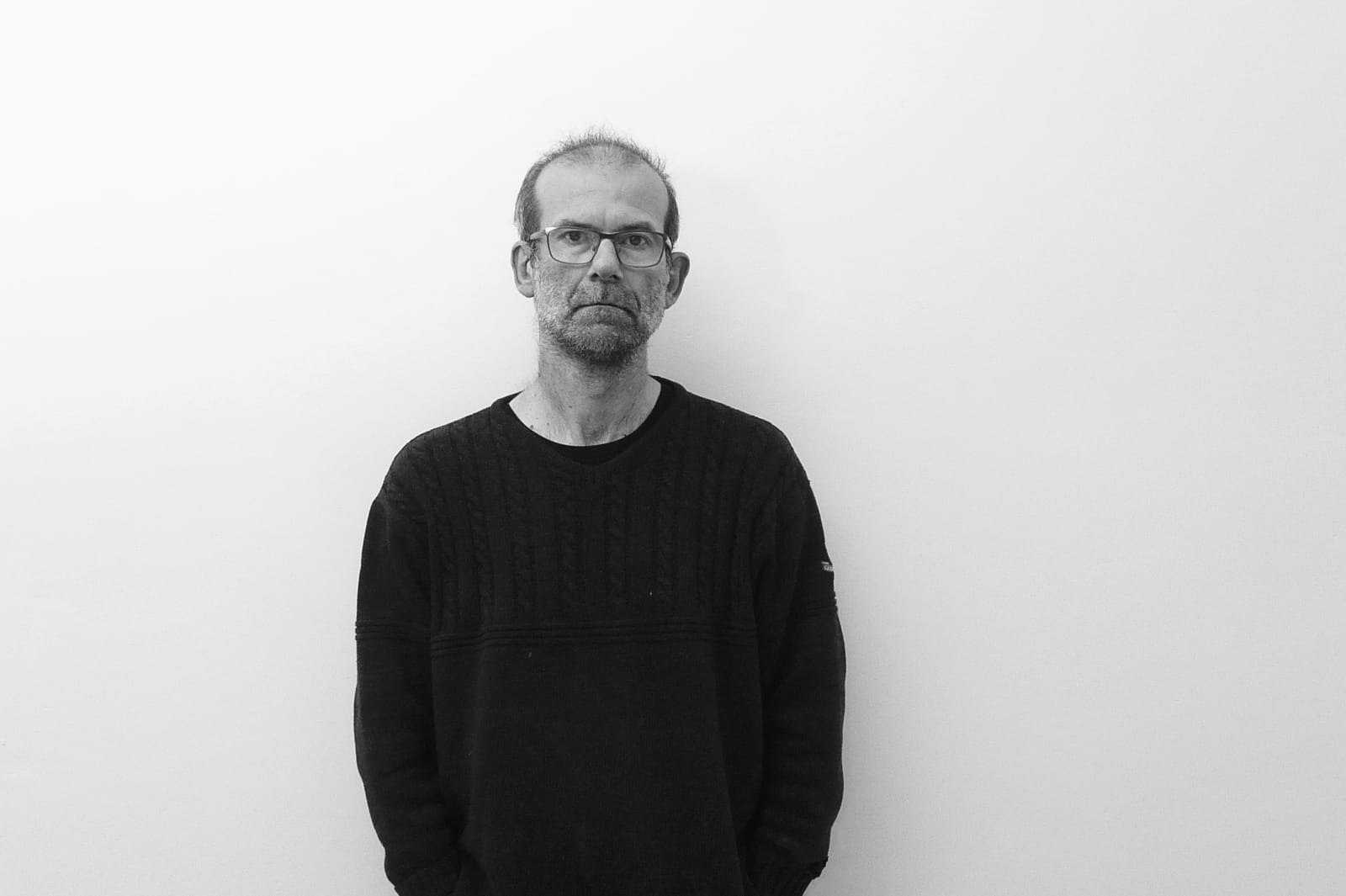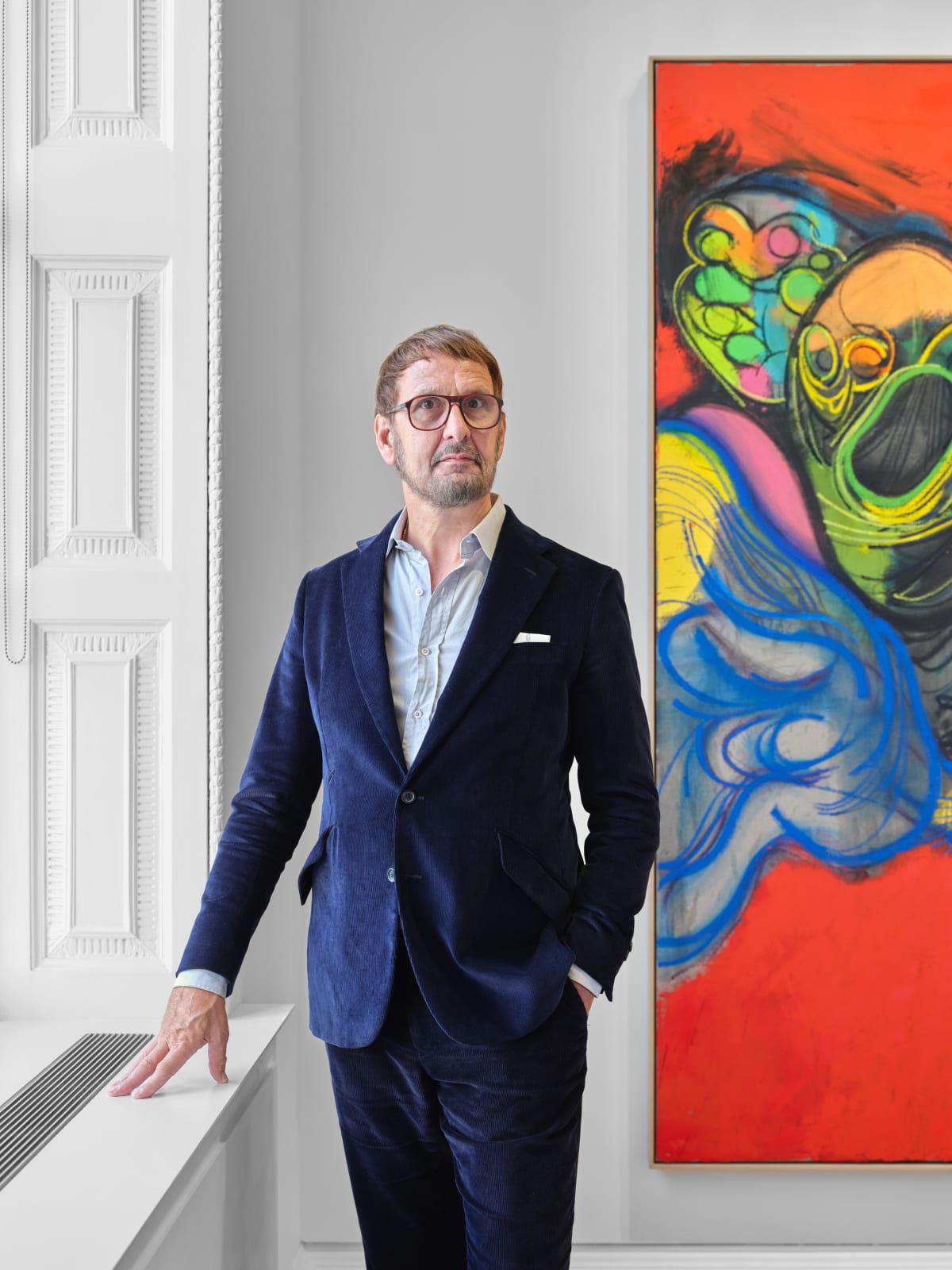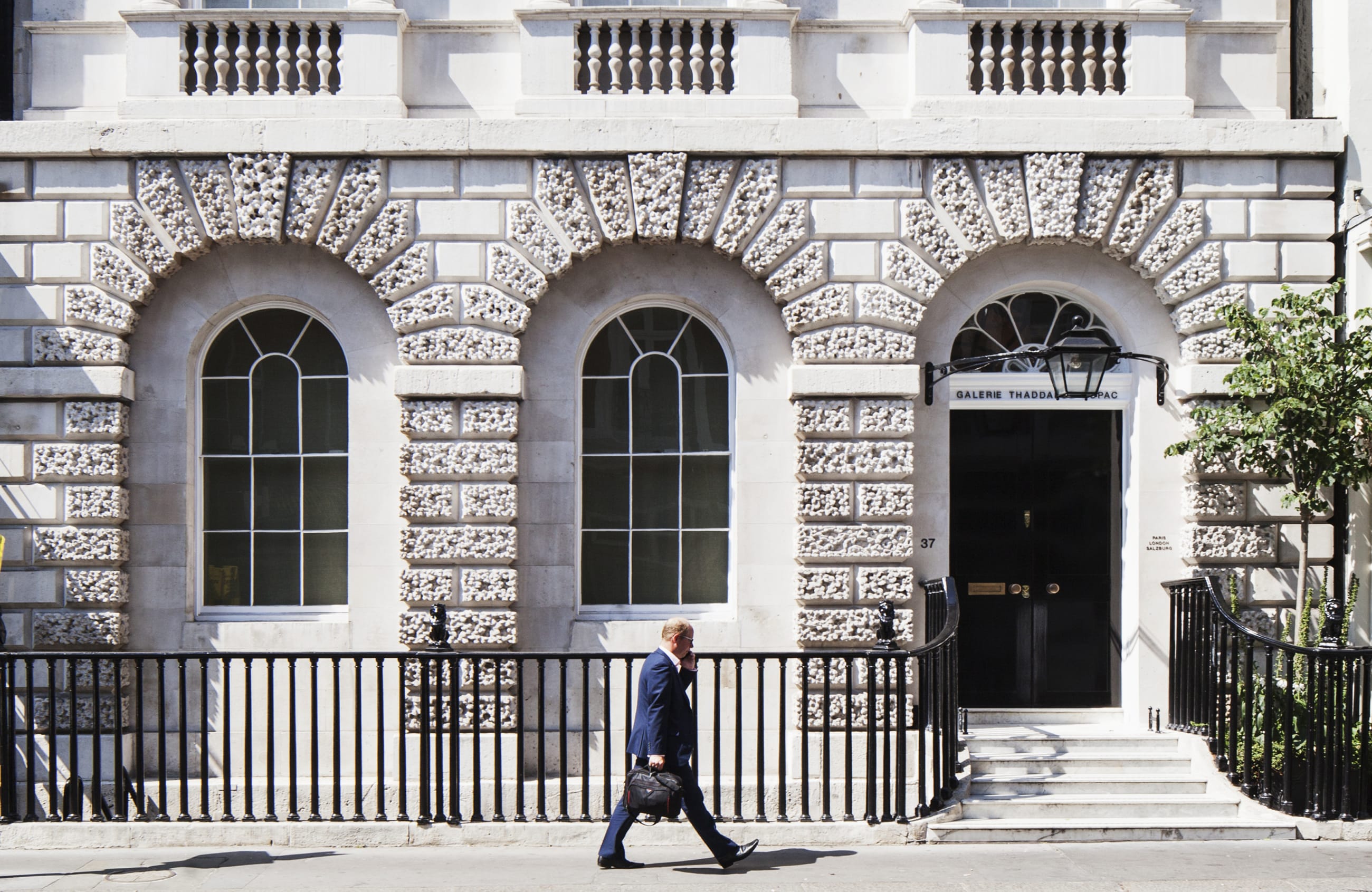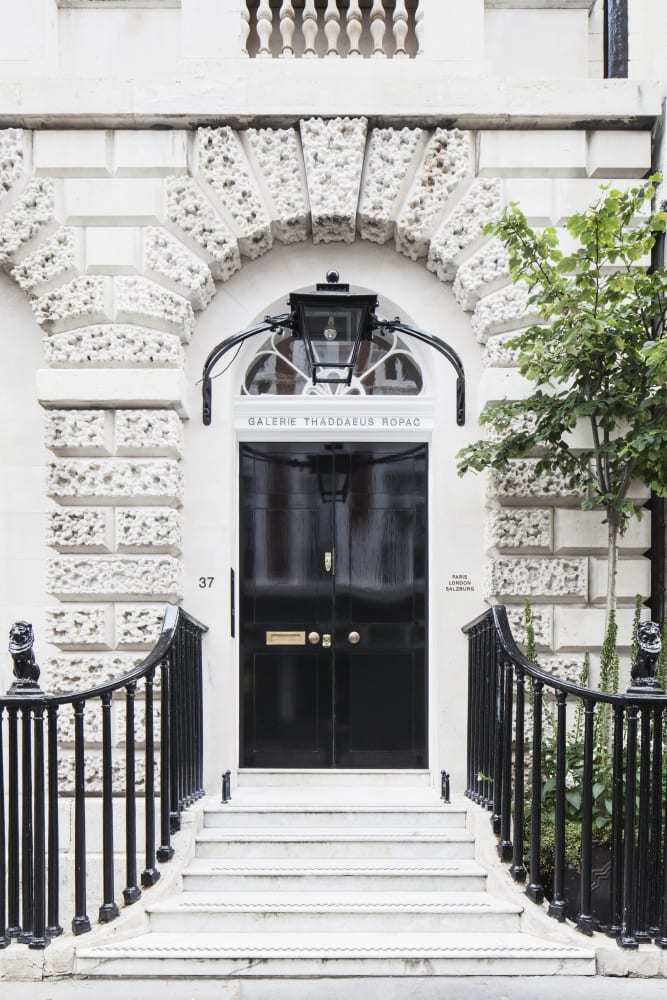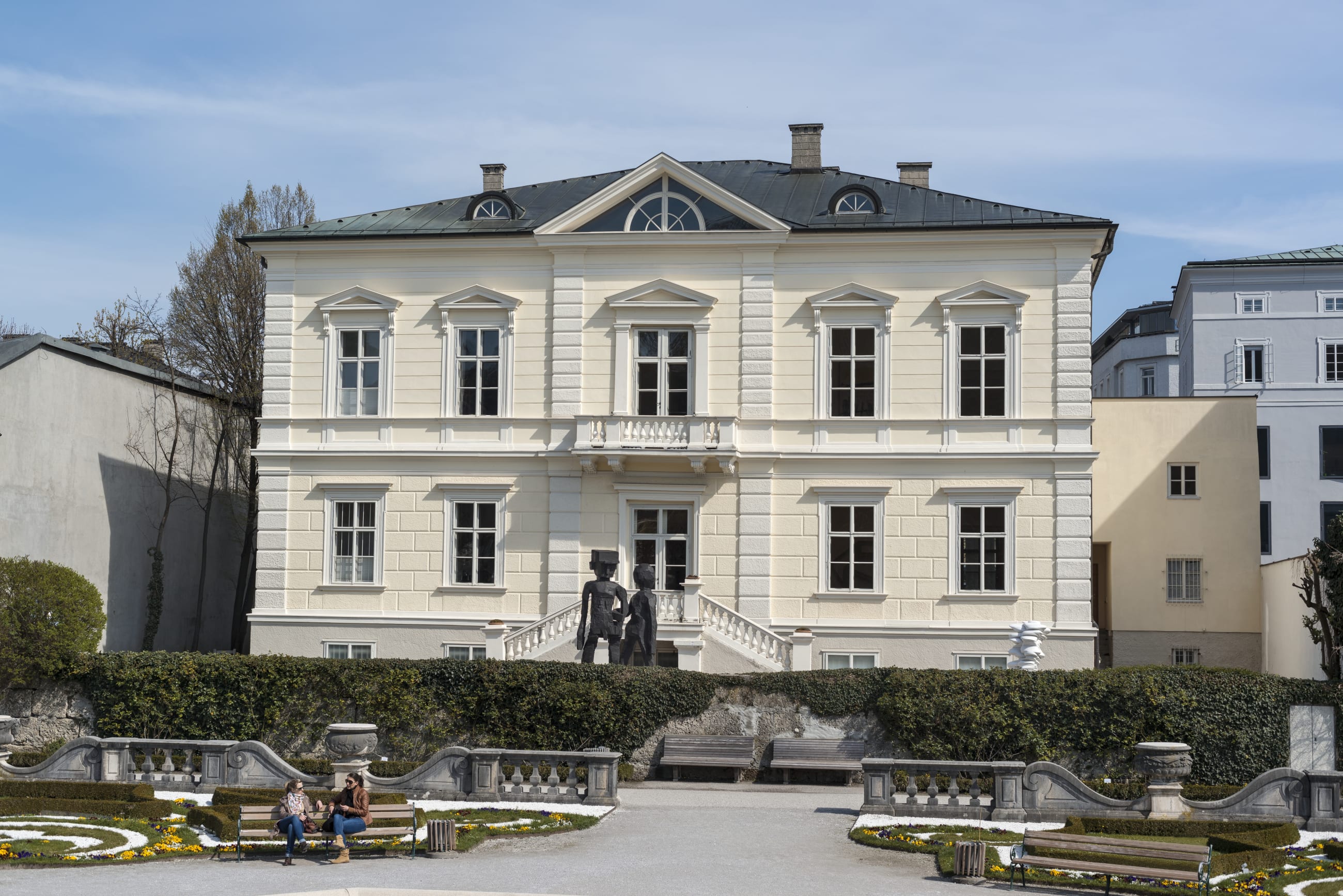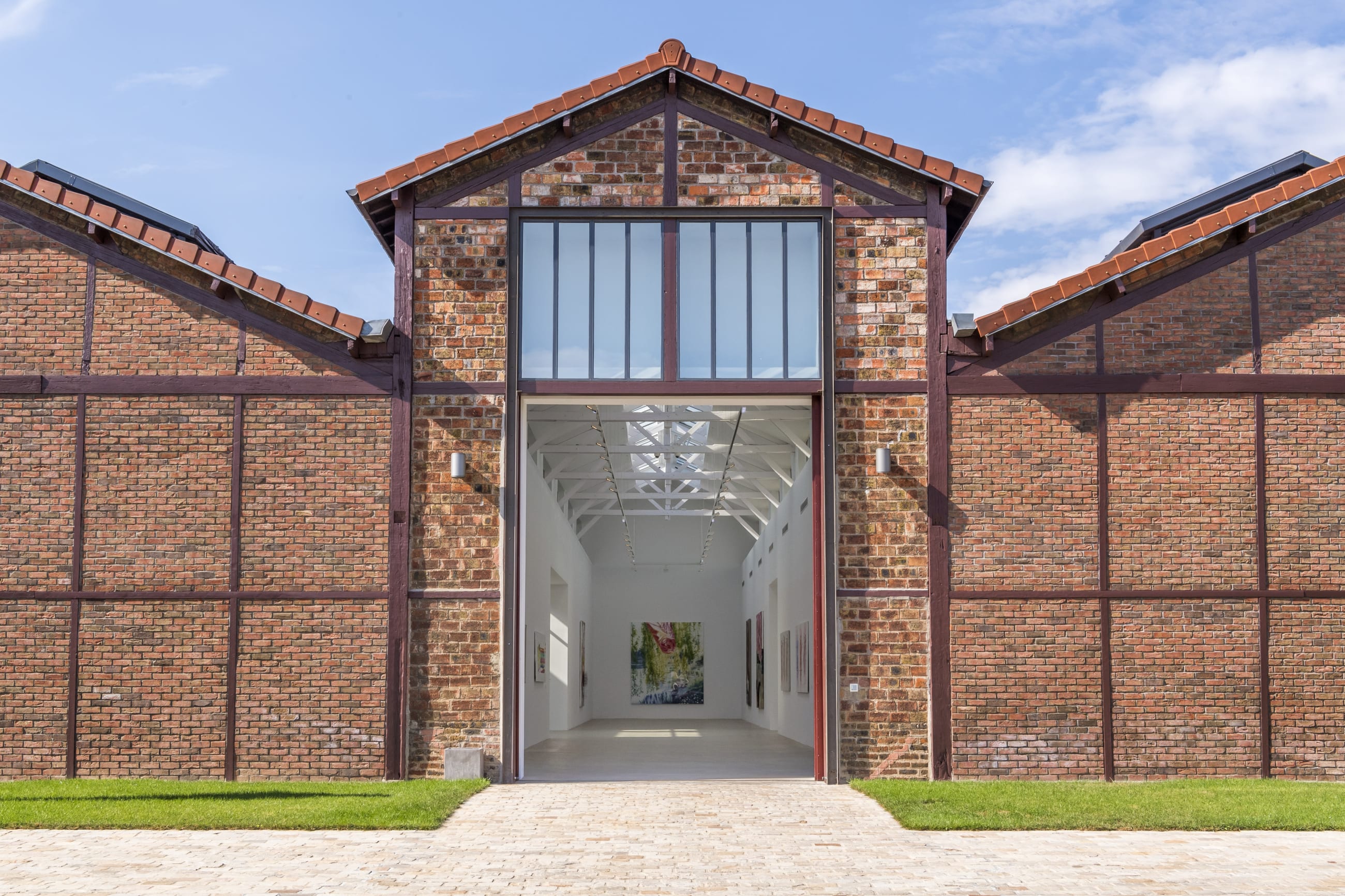Exhibitions at a glance

Kunsthalle Krems

Nasher Sculpture Center, Dallas

M+, Hong Kong

Fundación Juan March, Madrid

The Menil Collection, Houston

Museum of the City of New York

Museum Ludwig, Cologne

Walker Art Center, Minneapolis

LUMA Arles

Museum Brandhorst, Munich

Museo del Novecento, Milan

The John and Mable Ringling Museum of Art, Sarasota
On view in museums

The John and Mable Ringling Museum of Art, Sarasota | 1 March—3 August 2025
This exhibition presents a selection of works from The Ringling’s collection, including major pieces from several significant series. On view are two major pieces from Rauschenberg’s sculptural Glut series (1986–89;1991–94) and the textile-based Hoarfrosts (1974–76), significant examples of works on paper – including a lithograph from the Glacial Decoy series (1979–80) – and photographs from the Studies for Chinese Summerhall portfolio (1983). Rauschenberg left a lasting legacy in Florida, where he moved in 1970. In 1992, he built his large studio on Captiva Island and four years after his passing, in 2012, The Robert Rauschenberg Foundation launched its artist residency program on the artist’s property.

On view at the Museo del Novecento

Museum Ludwig, Cologne | 3 October 2025 – 11 January 2026

LUMA Arles | From 1 May 2025

This exhibition pays homage to the 1979 dance, Glacial Decoy, which debuted at the Walker, and to its creators: postmodern dance pioneer Trisha Brown and Robert Rauschenberg, who designed the set and costumes. Anchoring both the dance and this exhibition is a projection of the 159 unique photographs Rauschenberg created to accompany Brown’s choreography. Highlighting the layered textures, repetition, and abstraction employed by both artists, the exhibition also includes five lithographic prints from Rauschenberg’s Rookery Mounds series (1979). Original costumes, video documentation, and archival materials fill the gallery, creating an immersive experience.

Robert Rauschenberg’s artistic practice revolved around integrating ‘the real world’ into his art. As he famously stated, ‘I want a picture to look like something it is.’ This vision led the artist to incorporate found objects – ranging from newspaper clippings to taxidermied animals – and photographs into his work. The exhibition Robert Rauschenberg’s New York: Pictures from the Real World at The Museum of the City of New York explores Rauschenberg’s complex relationship with photography, particularly in the context of New York City. The exhibition will feature three sections: ‘Early Photographs,’ ‘In + Out City Limits / New York,’ and ‘Photography in Painting,’ as well as an interactive collage component that will invite visitors to engage with Rauschenberg’s innovative approach to image-making.

The Menil Collection presents Robert Rauschenberg: Fabric Works of the 1970s which looks at the artist’s expressive and conceptual use of fabric as a sculptural medium. This exhibition of more than forty-five sculptural works—including major loans from collections in the United States—is the first museum survey to highlight Rauschenberg’s innovative use of cloth, sail-like assemblages made with pieces of fabric. In the 1970s, he experimented extensively with the ways in which woven materials hold printed images, move in the air, respond to gravity, and capture colour and light. Focusing on three groups of works from the 1970s – Venetians (1972–73), Jammers (1975–76), and Hoarfrosts (1974–76) – the show reflects his career-long interest in unexpected materials and the rich intersection of art, everyday life, and performance.

In February 1985, the Fundación Juan March organised Robert Rauschenberg’s first exhibition in Spain. Forty years later, the foundation presents a new exhibition of Rauschenberg’s work focused on a structural element in his practice: his use of images and photography. Rauschenberg started using a camera at Black Mountain College and, in the 1950s, he began collaging press clippings into his Combines (1954–1964). From 1962, he also used silkscreen to transfer images directly onto canvas. 1979 marked a key shift in Rauschenberg’s practice from repurposing photographs published in the press to using his own snapshots – a novel approach that not only resulted in the development of this artistic technique but also yielded new opportunities to disrupt traditional hierarchies and embrace concepts of random order.

Robert Rauschenberg and Asia brings together a selection of major works produced by Rauschenberg during and in response to his time in Asia. The exhibition at M+, Hong Kong traces the conceptual, formal and material influences on his practice, such as sourcing textiles and collaborating with paper-makers and ceramicists in China, India, and Japan. It also considers the history and legacy of his Asian Rauschenberg Overseas Culture Interchange (ROCI) projects, which included exhibitions in Beijing (1985), Lhasa (1985), Tokyo (1986), and Kuala Lumpur (1990), and their lasting impact on local artists. The display will feature works by Rauschenberg and by Asian artists in dialogue with his practice.

In celebration of the centennial year of Robert Rauschenberg’s birth, the Nasher Sculpture Center presents Rauschenberg Sculpture, the first museum presentation of the artist’s three-dimensional works in more than thirty years.
From the beginning of his career in the late 1940s until his death in 2008, Rauschenberg sought to let as much of the world as possible into his art, whether through his wide-ranging use of found and salvaged objects or through engaging the latest developments in technology. His lively, experimental, and innovative practice has affected virtually every aspect of contemporary art.

About the Robert Rauschenberg Foundation & Thaddaeus Ropac gallery
Thaddaeus Ropac gallery has been a partner of the Robert Rauschenberg Foundation since April 2015 and the partnership has resulted in a series of exhibitions, focusing on some of the artist’s most innovative and under-recognised series of the 1970s, 1980s and early 1990s, including his Night Shades, Phantoms, Borealis, Salvage paintings and Spreads. For further information on the mission and programs of the Foundation, visit www.rauschenbergfoundation.org and follow them on Instagram at @rauschenbergfoundation.
Images credits : 1. Robert Rauschenberg working on Grand Slam (Galvanic Suite) in his Laika Lane studio, Captiva, Florida, 1990. Work in background is Honk (Borealis), 1990. Photo: Courtesy of the Robert Rauschenberg Foundation. 2. Robert Rauschenberg in his Captiva Drive studio, Florida. Works in background: V (Apogamy Pods) and Page 40, Paragraph 6 (Short Stories), 2000. © Robert Rauschenberg Foundation. Photo: Ed Chappell. 3. Robert Rauschenberg in his print shop, Captiva, Florida, 1981. Captiva, FL, United States. Photo: Courtesy of Robert Rauscheberg Foundation. 4. Robert Rauschenberg (American, 1925–2008), Preview, from the Hoarfrosts Editions, 1974. Offset lithograph, screenprint transfer and paper bag collage on silk chiffon and silk taffeta. 69 x 80 1/2 in. Gift of Mr. and Mrs. Robert M. Zell, 1982, MF82.10. © Robert Rauschenberg Foundation / Licensed by VAGA at Artists Rights Society (ARS), New York. 5. Robert Rauschenberg, Summer Glut Fence, 1987. Assembled metal parts and plastic objects. 107 x 220 x 19 cm (42.13 x 86.61 x 7.5 in). © Robert Rauschenberg Foundation. © ADAGP, Paris 2025. Photo: Charles Duprat. 6. Robert Rauschenberg, Parsons' Live Plants Ammonia (Cardboard), 1971. Assembled cardboard boxes.196 x 120 x 28 cm (77.17 x 47.24 x 11.02 in). © Robert Rauschenberg Foundation. © Adagp, Paris, 2025. © Blindarte. Photo: Laura Eboli. 7. Robert Rauschenberg, Bumper Slip Late Summer Glut, 1987. Assembled metal. 132.5 x 178.7 x 55.7 cm (52.17 x 70.35 x 21.93 in). © Robert Rauschenberg Foundation. © Adagp, Paris, 2025. Photo: Glenn Steigelman. 8. Robert Rauschenberg, Cover Page, Stoned Moon Book, 1970. Photographs, press type, acetate, printed reproduction, watercolor, colored pencil, and graphite on illustration board, 40.6 × 51.1 cm (16 x 20.12 in). © Adagp, Paris, 2025. © Robert Rauschenberg Foundation. Photo: Courtesy of Robert Rauschenberg Foundation. 9. E.A.T.'s Pepsi Pavilion at Expo '70, Osaka, Japan, 1970 March 18 Shunk-Kender Getty Research Institute, Los Angeles, Gift of the Roy Lichtenstein Foundation in Memory of Harry Shunk and Janos Kender. © J. Paul Getty Trust. 10. Trisha Brown Dance Company, Glacial Decoy, 1979. Photo: Boyd Hagen. Courtesy Walker Art Center. 11. Robert Rauschenberg, Wet Flirt (Urban Bourbon), 1994. Silkscreen ink and acrylic on bonded aluminum. 247.4 x 307.7 cm (97.40 x 121.14 in). © Robert Rauschenberg Foundation. Photo: Courtesy of Robert Rauschenberg Foundation. 12. Robert Rauschenberg, Bucket (Hoarfrost), 1974. Solvent transfer on fabric with fabric. 249.7 x 230.1 x 15 cm (93.31 x 90.6 x 5.91 in). © Robert Rauschenberg Foundation. Photo: Ron Amstutz. 13. Robert Rauschenberg examining a contact sheet of his photographs at Gemini G.E.L., Los Angeles, California, 1991. Photo: Sidney B. Felsen. 14. Robert Rauschenberg, Original Artwork for Asian Film Festival Poster, 1989. 15. Robert Rauschenberg, Three Traps for Medea, 1959. Combine: oil, paper, fabric, metal, and glass bottle on wood with fabric, metal, string, hair, and plumb bob on wire. 61.3 × 63.8 × 40.5 cm (24.13 × 25.13 × 16 in). © Robert Rauschenberg Foundation. Photo: Ron Amstutz 16. Robert Rauschenberg, Vitamin, 1960/1968. Combine: oil, printed paper, cardboard, rubber, plastic, nails, and hooks on canvas. 154.3 x 138.8 x 17.9 cm (60.75 x 54.65 x 7 in). Galerie Thaddaeus Ropac London · Paris · Salzburg · Milan · Seoul.





























